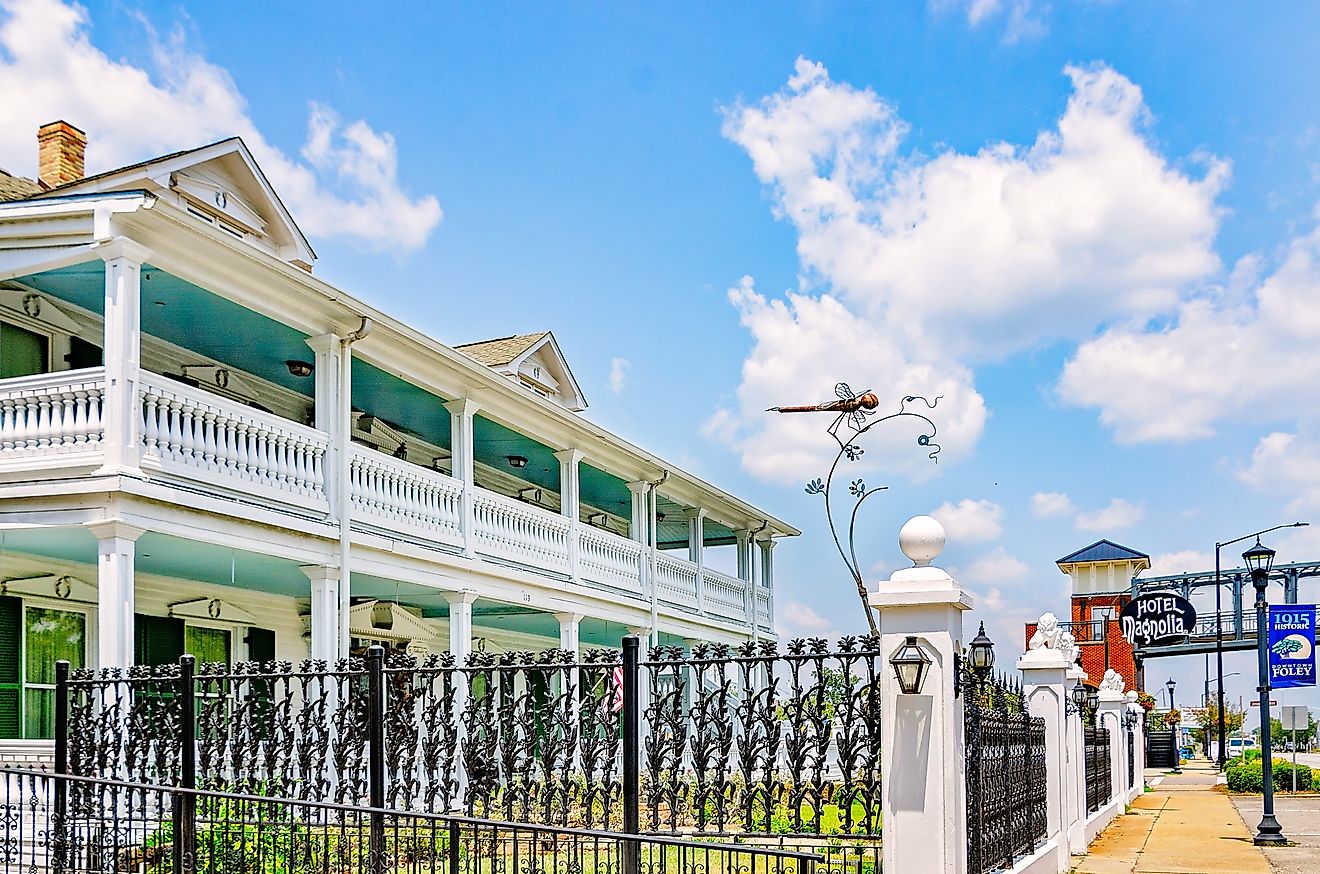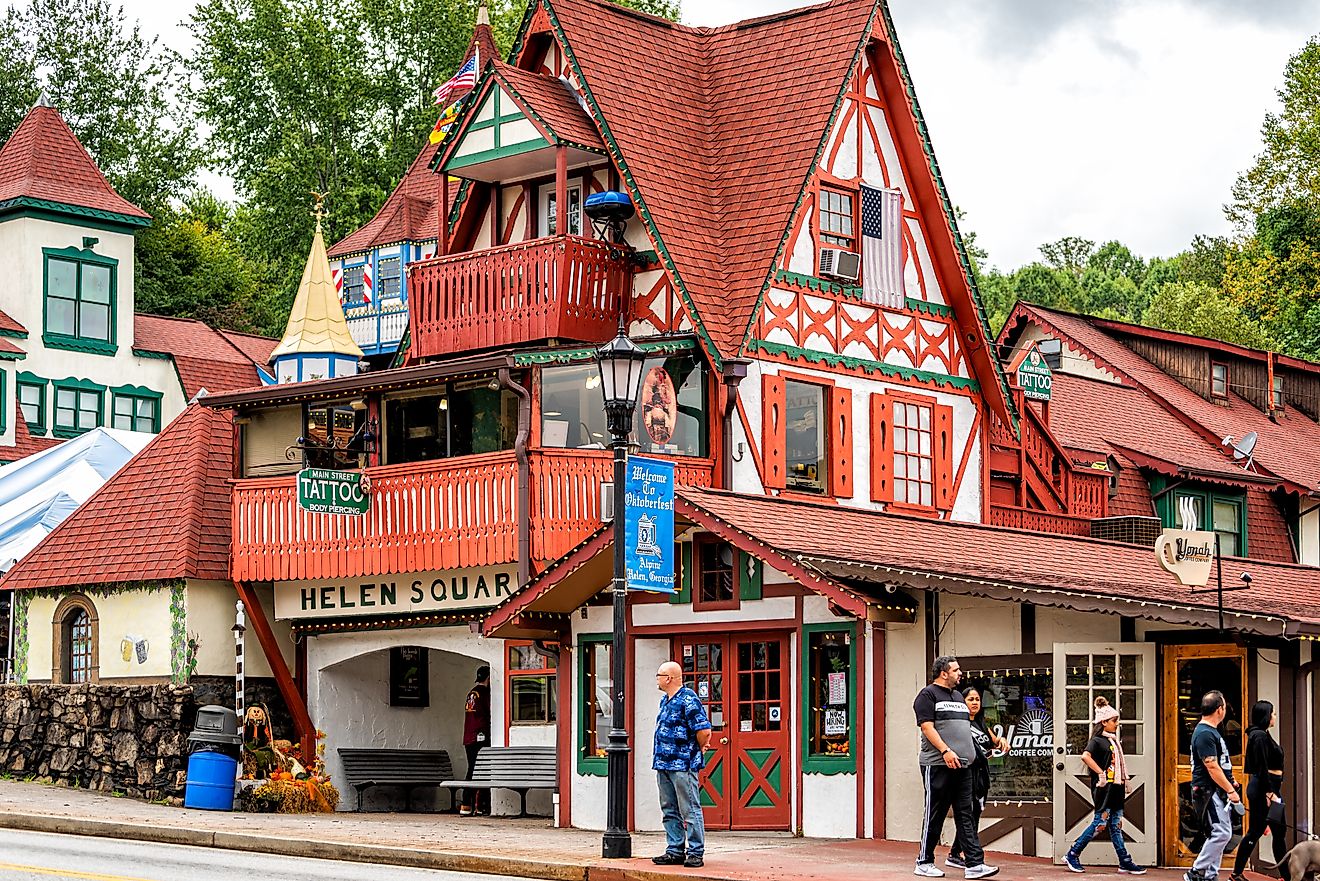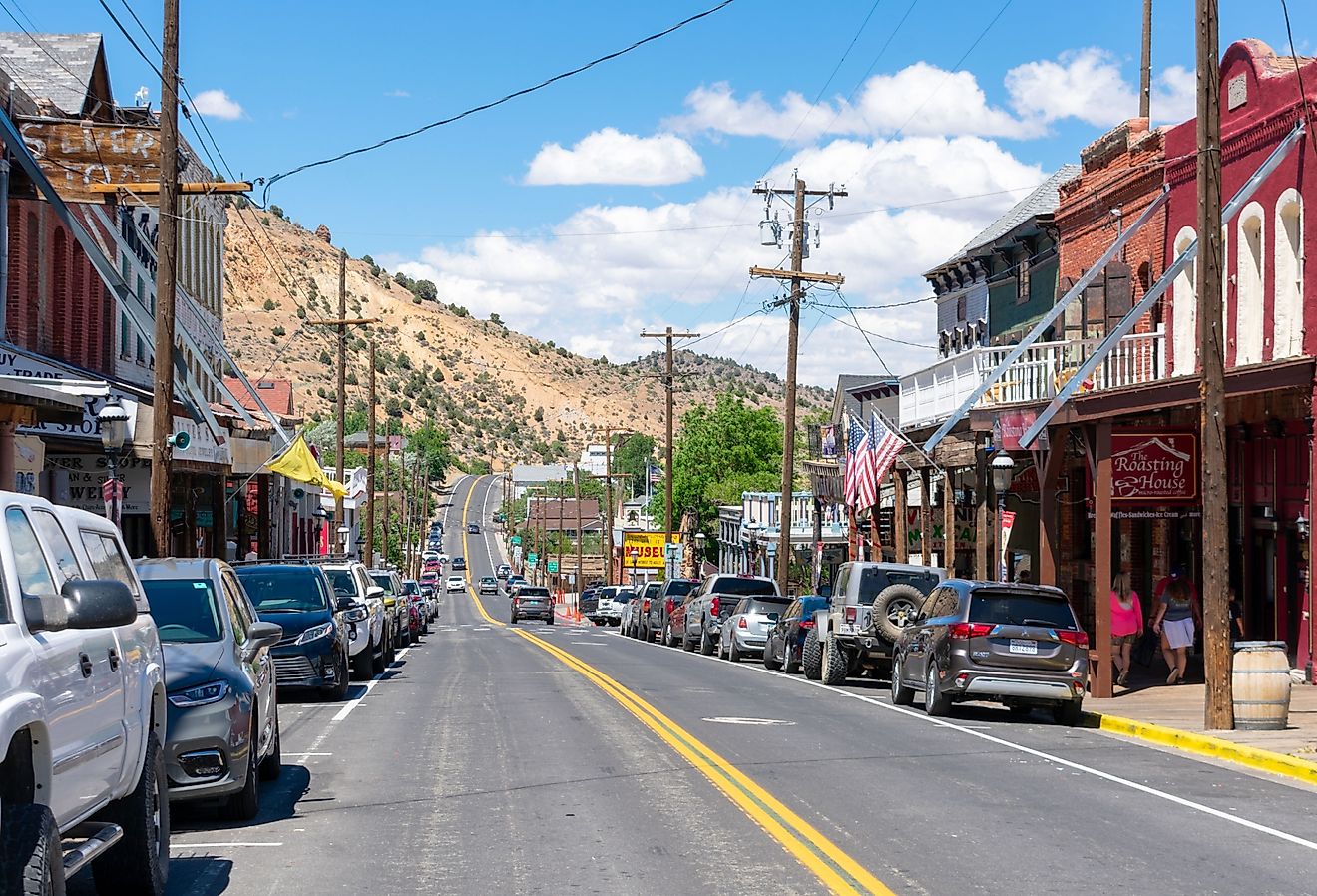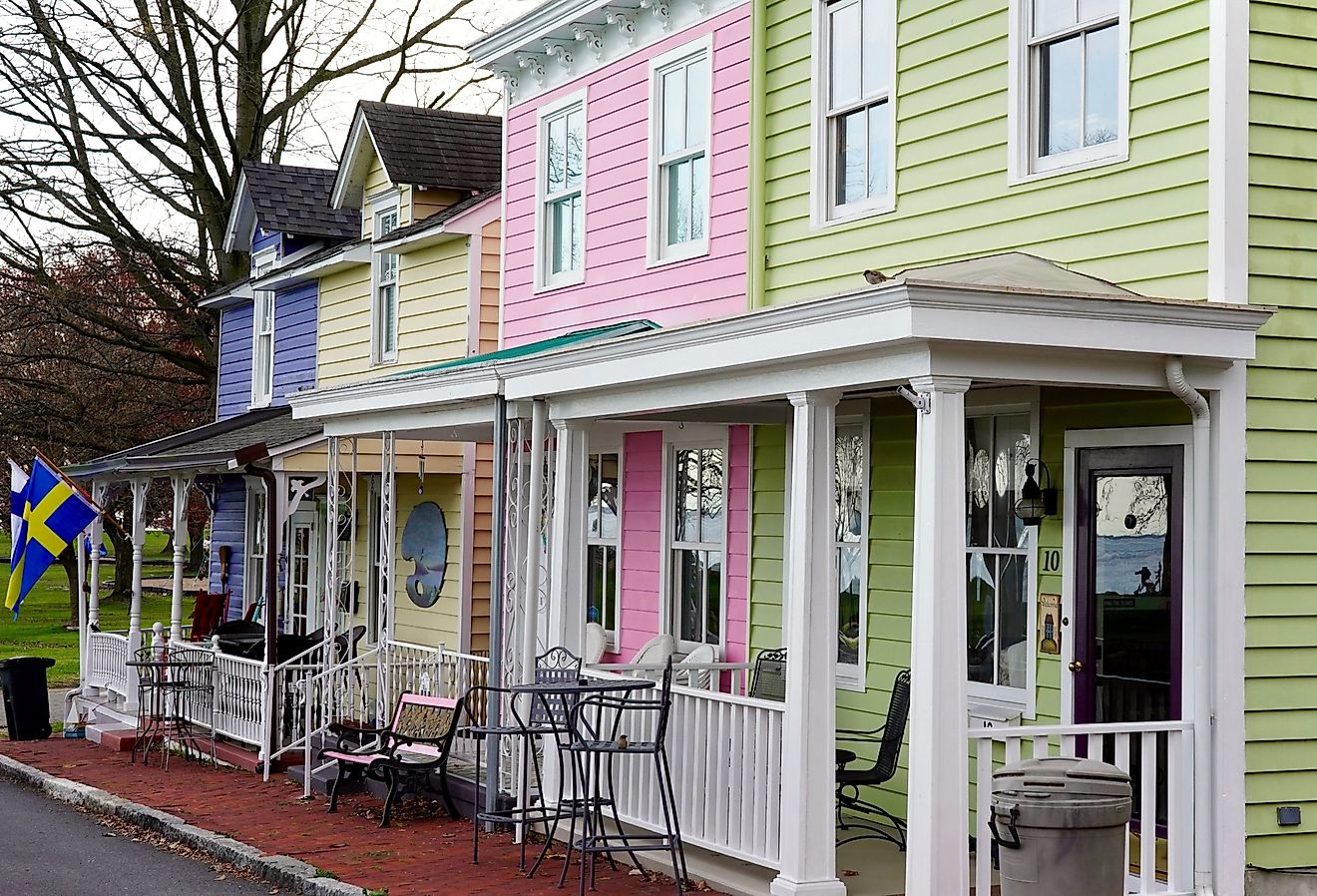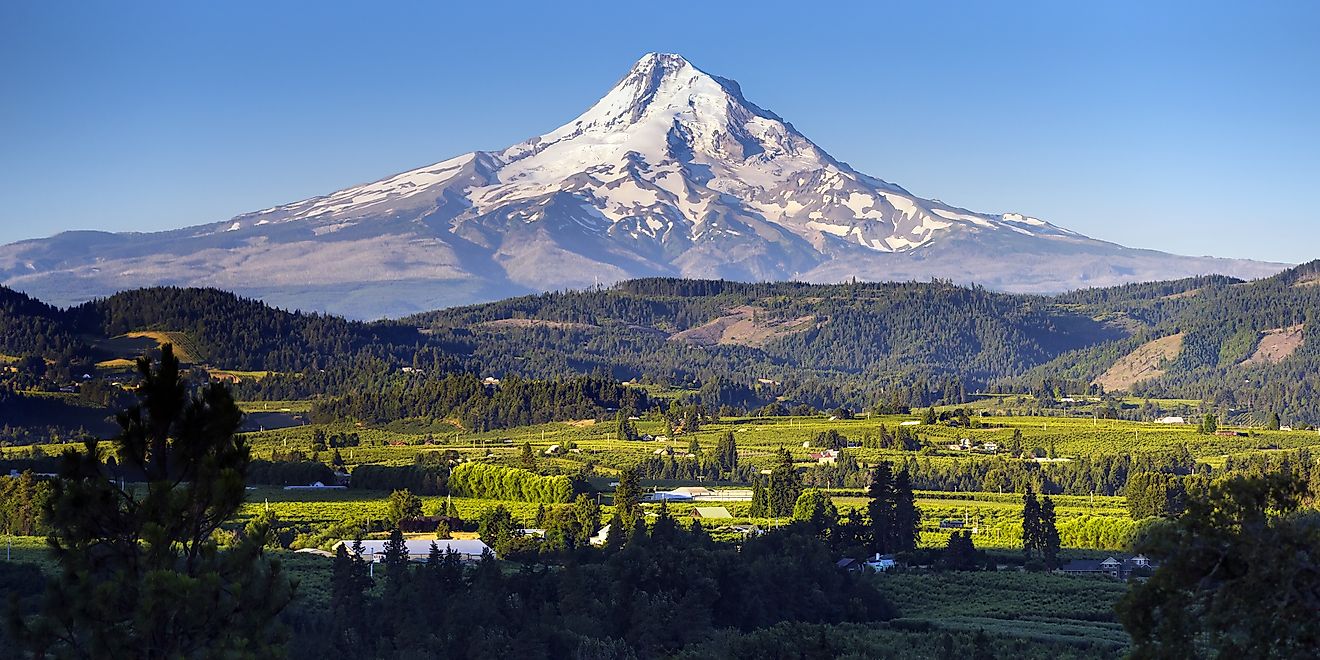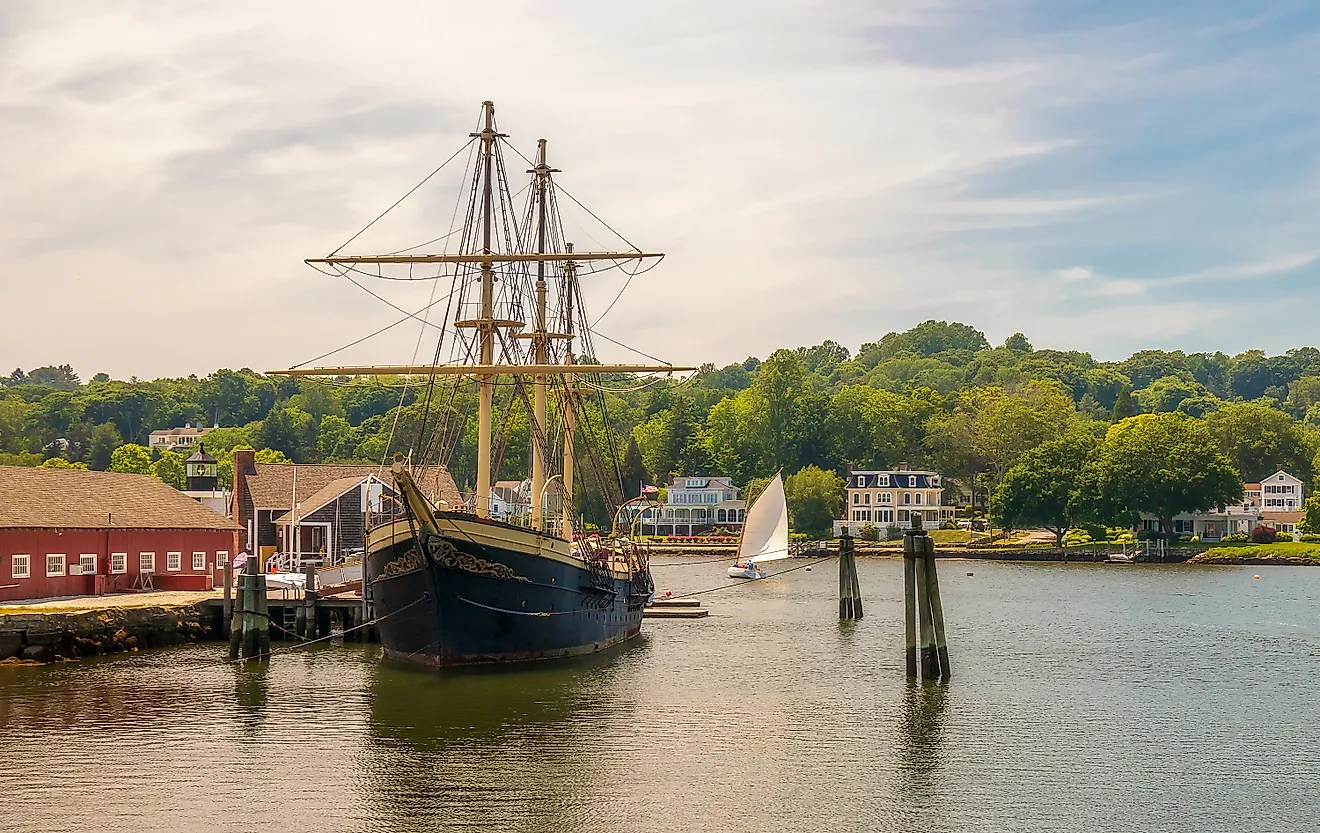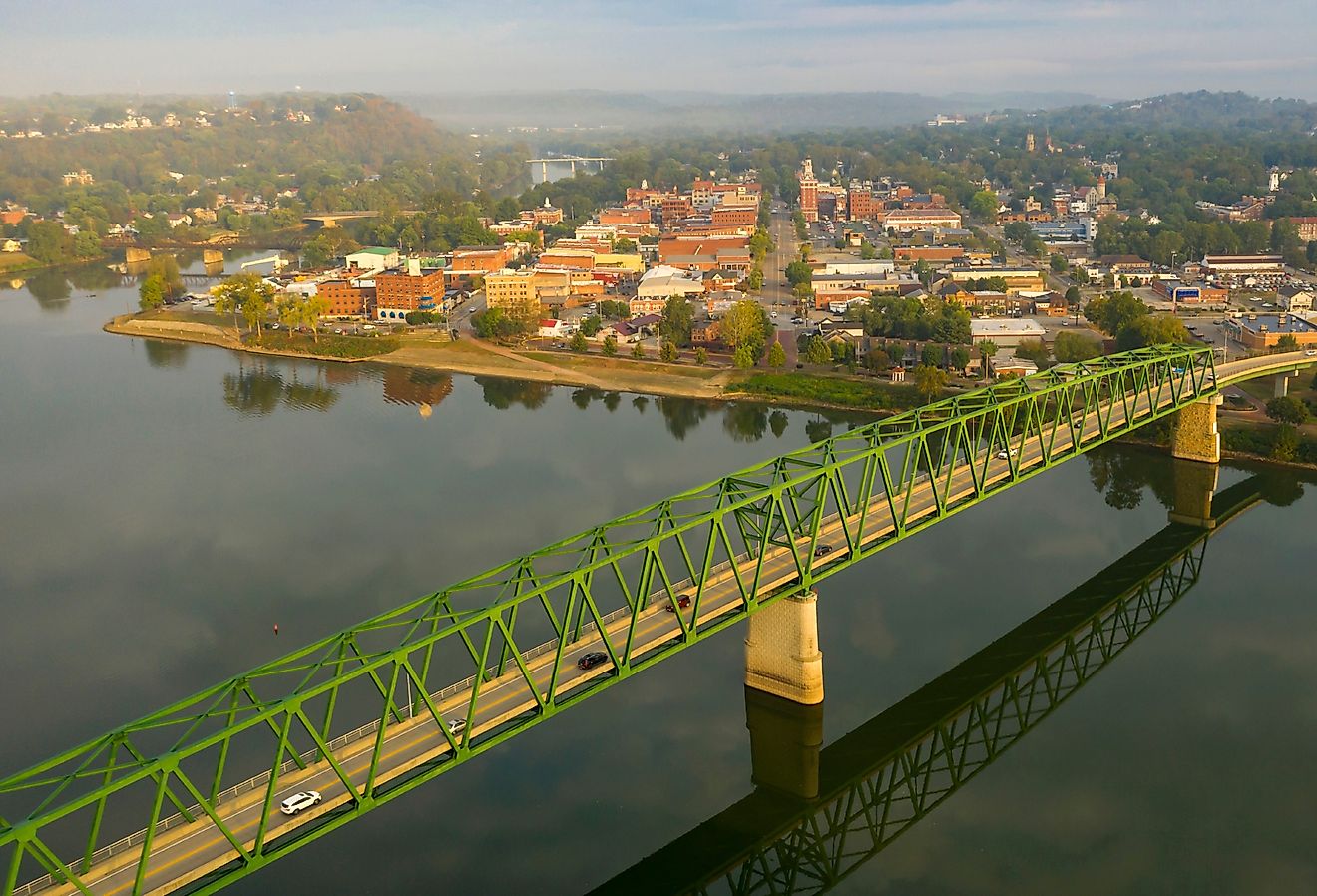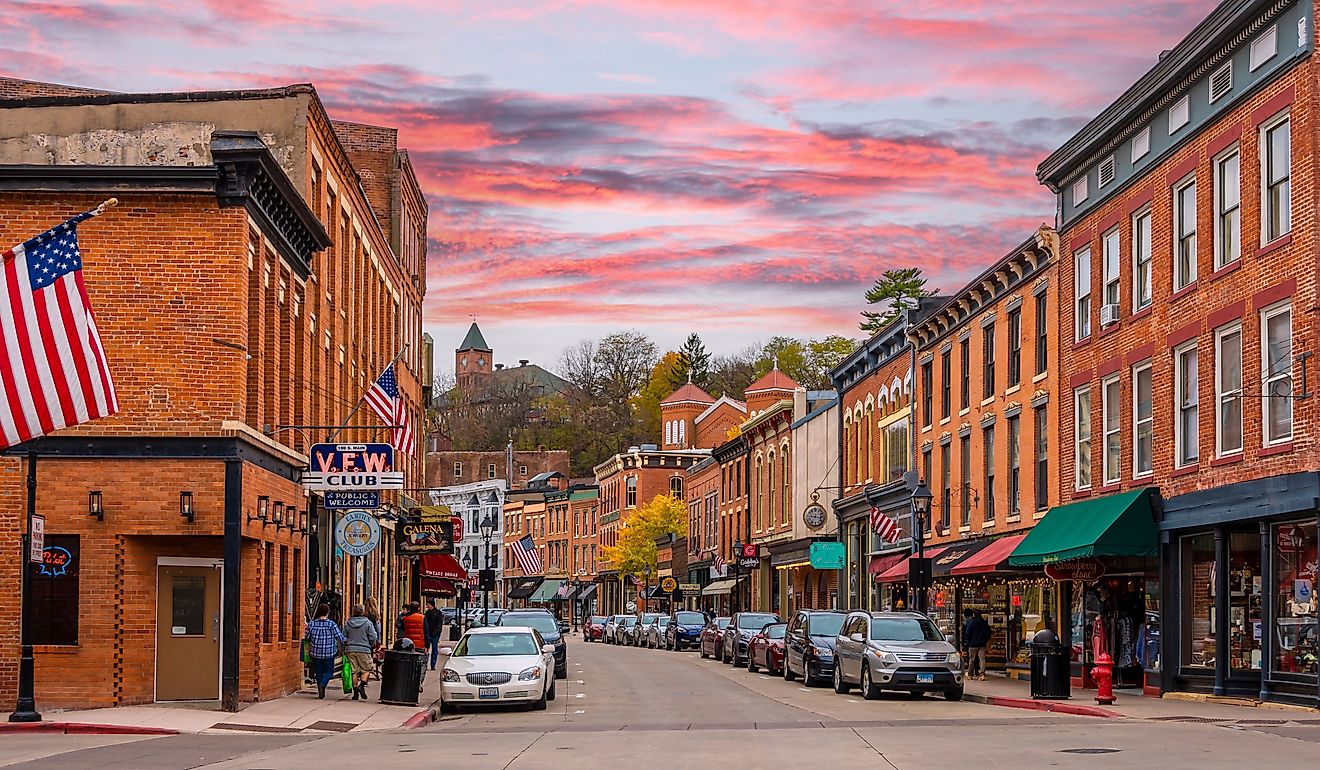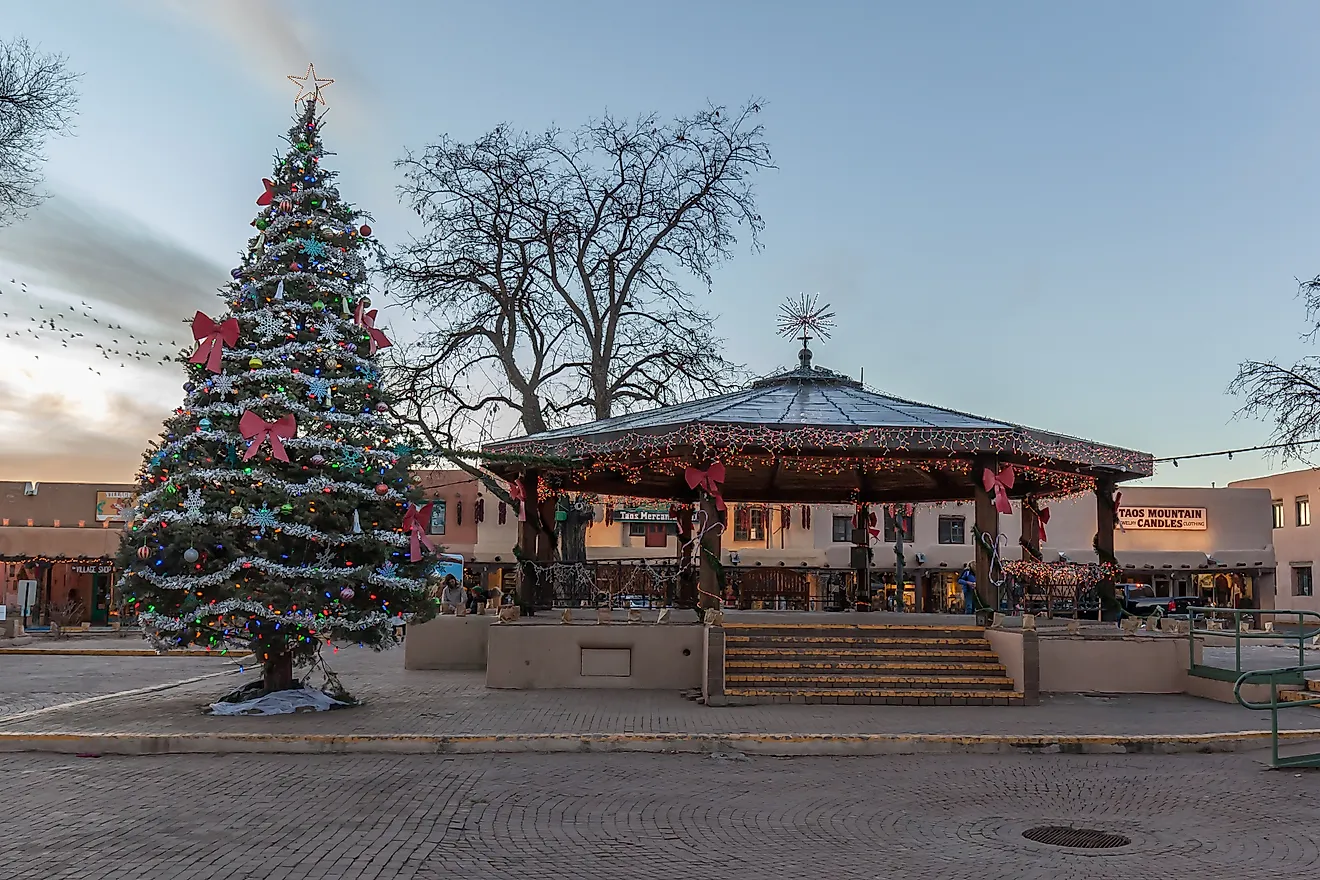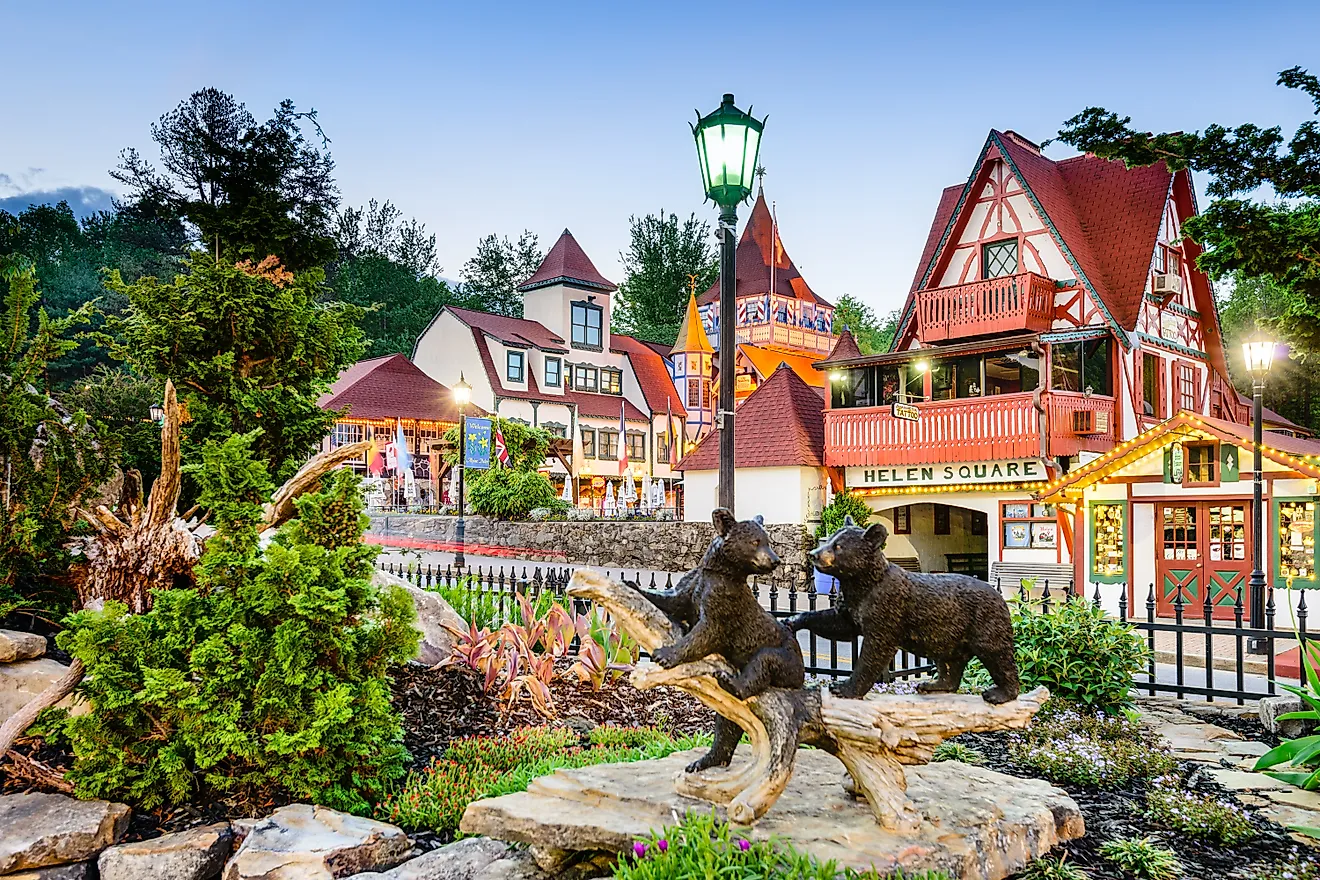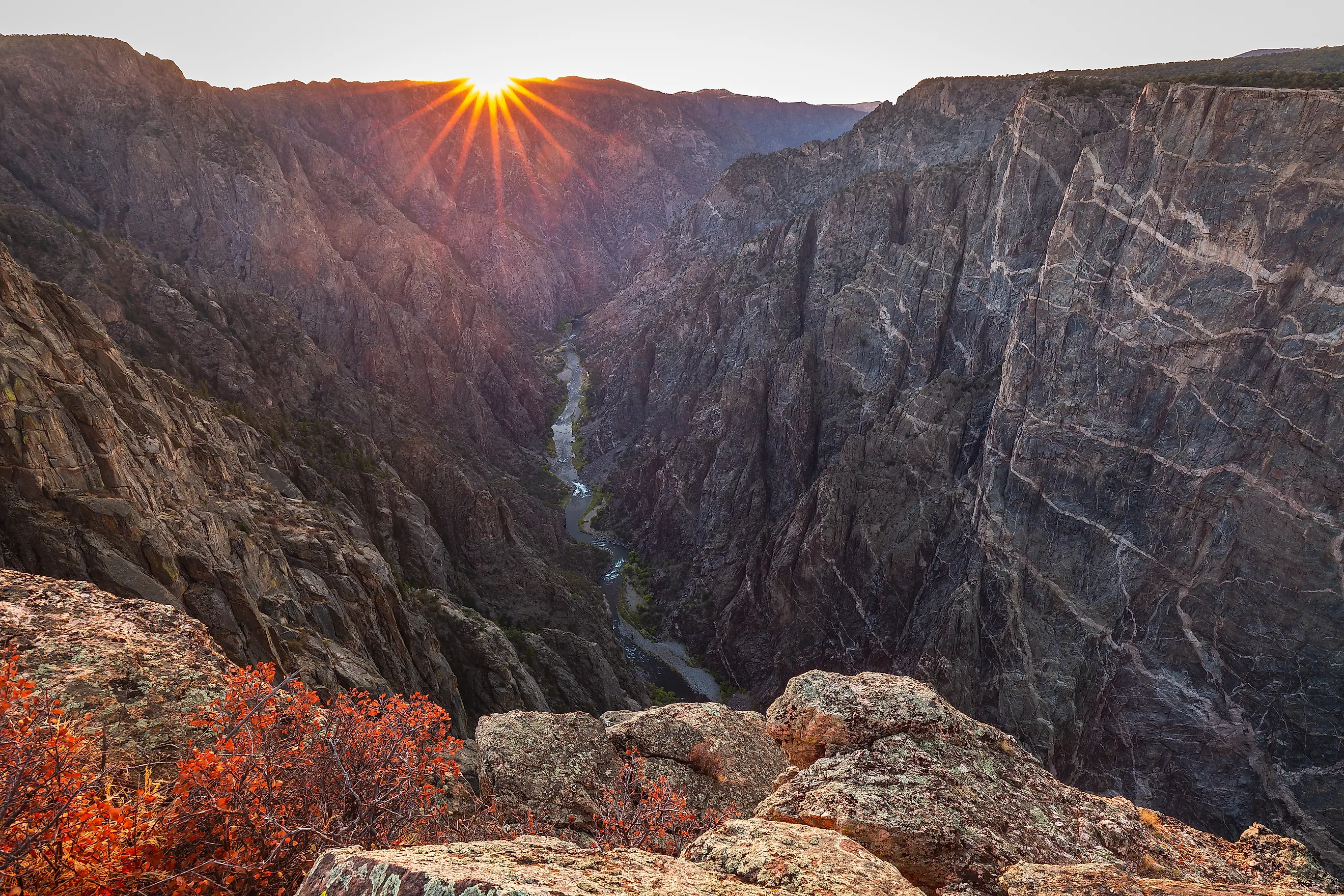
Black Canyon of the Gunnison National Park Hides Colorado’s Darkest, Deepest Gorge
Grand Canyon National Park gets all the glory, so very few people know that there’s a little-known U.S. National Park featuring a canyon that’s equally impressive in a different way. Located in western Colorado near the border of Utah, Black Canyon of the Gunnison National Park hides Colorado’s deepest, darkest gorge — and one of the least-crowded National Park experiences you’ll find. If that sounds like your kind of outdoor adventure, read on for more about this criminally-underrated National Park.
History and Geography
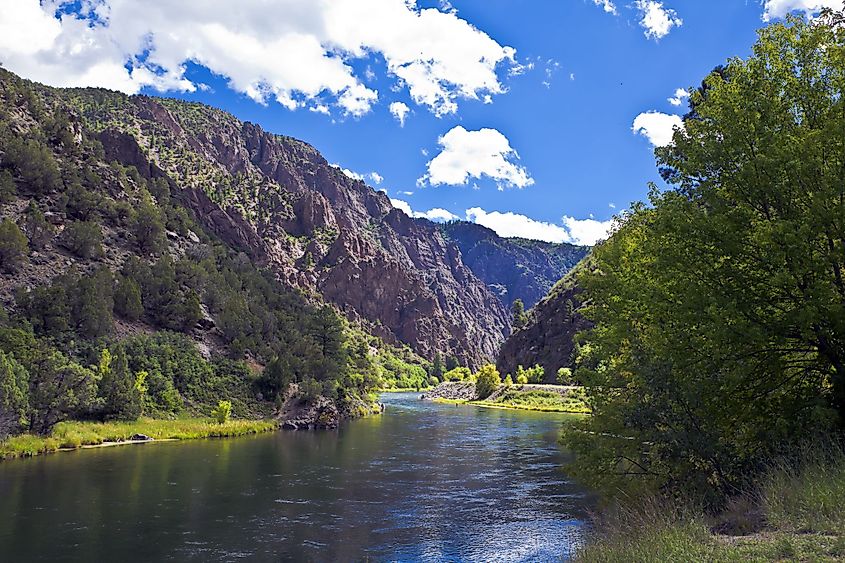
If you’re wondering why you’ve never heard of such an intriguing park, you can probably blame that on Black Canyon of the Gunnison’s isolated location. Its location in western Colorado isn’t near any major cities; the closest thing it has to big-city connection is the regional hub of Grand Junction, Colorado. But that isolation has preserved a uniquely ancient and fascinating landscape.
We can thank the Gunnison River for the existence of this perilously steep-walled gorge, but it didn’t start there. First, about 60 million years ago, an uplifting event brought ancient, once-buried metamorphic rock to the surface in an area now called the Gunnison Uplift. Then, volcanic eruptions buried that ancient rock in newer metamorphic rock. The persistence of the Gunnison River then eroded both the volcanic rock and the older rock underneath, creating the canyon we see today.
While the site’s human history isn’t nearly as long, it’s still impressive. Archaeologists have found evidence of human habitation around the canyon’s rim as long as 9,000 years ago. Much later, in the mid-19th century, the Denver & Rio Grande Railroad — at great expense and with great difficulty — managed to build a line through the Black Canyon. Passenger trains once regularly passed through this foreboding landscape, exposing many to the natural beauty of the area, but these rail lines had long since been abandoned by the time the canyon was designated a National Monument in 1933.
Shortly afterwards, the Civilian Conservation Corps began building much of the Black Canyon’s current park infrastructure, and it was designated as a National Park in 1999.
Notable Landmarks
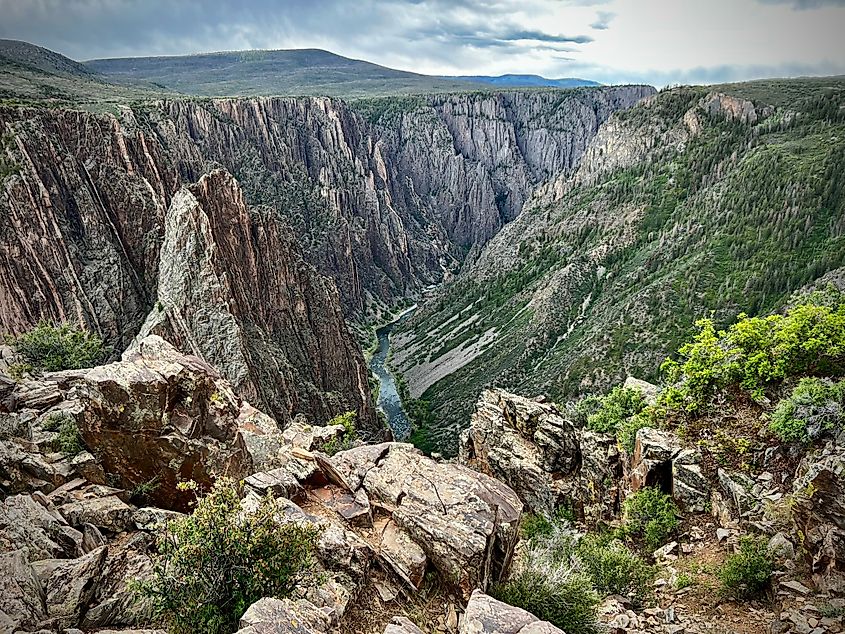
The canyon at Black Canyon of the Gunnison National Park.
Black Canyon of the Gunnison’s star attraction is in the name: a steep-walled gneiss canyon rising over 2,000 feet above the Gunnison River. It’s as striking as canyons come, with walls rising as high as 2,722 feet and its floor as narrow as 40 feet in parts. Although it can’t claim any one superlative — other canyons in the U.S. are steeper, deeper, and narrower — there are few landscapes as foreboding and fewer canyons as awe-inspiring in any U.S. National Park.
Geologists know the canyon for its extraordinary diversity, and any you encounter would probably be happy to gush about the unusual variety of geologic time periods represented in the canyon’s rock walls. For researchers eager to study the geological development of the earth, the exposed ancient rocks of the Black Canyon are a goldmine of information.
What Makes the Black Canyon Unique?
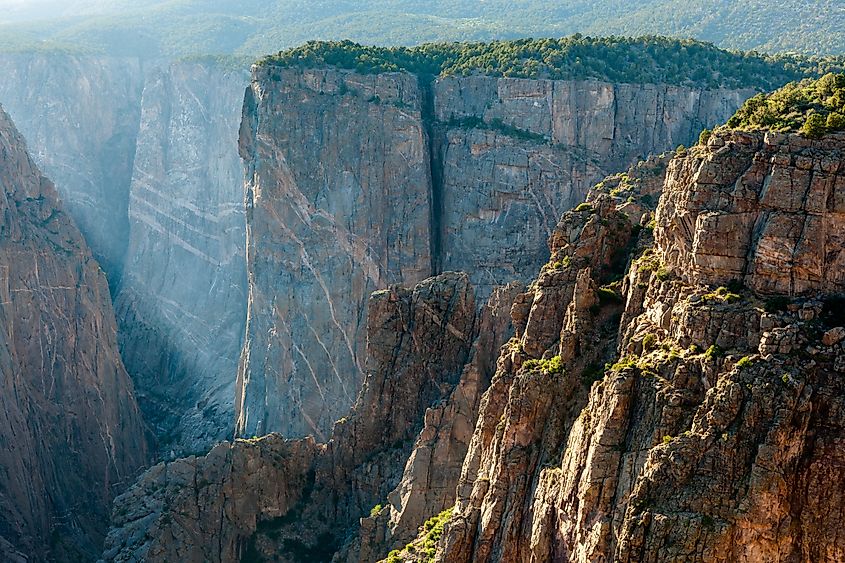
Author Duane Vandenbusche said of the Black Canyon of the Gunnison that “several canyons of the American West are longer and some are deeper,” but that “none combines the depth, sheerness, narrowness, darkness, and dread” of this one-of-a-kind canyon. But Vandenbusche forgot one wholly unique feature of the Black Canyon: its age.
By now, you have an idea of the kind of geological upheaval that brought this canyon to the surface. But what you may not realize — and what few visitors would at first glance — is that the rock near the floor of the canyon is some of the oldest in the world. The “basement rock” at the bottom of the Black Canyon dates back to the Precambrian period, nearly 2 million years ago, and few other sites worldwide can boast exposed rock of that age.
This is also a remarkably dark canyon. Some parts of the Black Canyon’s depths only recieve about forty-five minutes of sunlight every day, and the lack of light that filters into the narrow gorge gives the canyon its name. No, the rocks aren’t really black — sunlight just doesn’t reach its lower elevations.
What to Do

Entrance sign at Black Canyon of the Gunnison National Park. Editorial credit: GarrettSmith / Shutterstock.com
Black Canyon of the Gunnison is about as rugged a park as they come, so many visitors who aren’t confident in their backcountry hiking skills opt to stick with a scenic drive. Both the North Rim Road and the South Rim Drive offer excellent views, plenty of scenic overlooks, and few physical challenges. More adventurous drivers can also take the steep East Portal Road down to the canyon floor in one more-accessible spot. This is the best activity to choose if you’re nervous about your fitness or have limited time, as most hikes in the park are involved, all-day endeavors.
If you’re here to explore on foot, though, you’ll have plenty of options. Some trails along the rim are short and fairly easy; the popular Warner Point Trail on the South Rim is one particularly popular .8-mile walk. Those who would like to make a short but strenuous descent without a full-day commitment might choose the Oak Flat Trail, which descends below the rim for 1.6 miles. On the North Rim, the North Vista Trail is an ideal choice for birders and scenery-seekers.
If you’re seeking to delve into the Inner Canyon, you’ll have to plan far ahead to obtain a permit and the necessary supplies. No drinking water is available, there are no marked or maintained trails, and the climb to the bottom is extremely demanding, so don’t attempt these treks unless you’re experienced and confident in adverse hiking conditions. For those prepared to attempt such a challenge, though, a hike to the Inner Canyon’s floor is a once-in-a-lifetime adventure.
Finally, there are several more low-key activities in the park for less adventurous visitors. Developed campgrounds are located at the North and South Rims (the latter requires reservations), and campers have unparalleld access to the world-class stargazing in this International Dark Sky Park. That said, day visitors are still welcome to stop by at any time for stargazing at any of several scenic overlooks, and in the summer, the park staff hosts stargazing talks to help you understand what you’re looking at up there.
And, as in any National Park, wildlife sightings are frequent — be on the lookout for elk, Rocky Mountain Bighorn Sheep, Peregrine Falcons, and countless other bird species. Oh, and be smart with your snacks: black bears have been known to frequent the area, and any scenario that allows a bear to gain access to your food is best avoided.
When to Visit
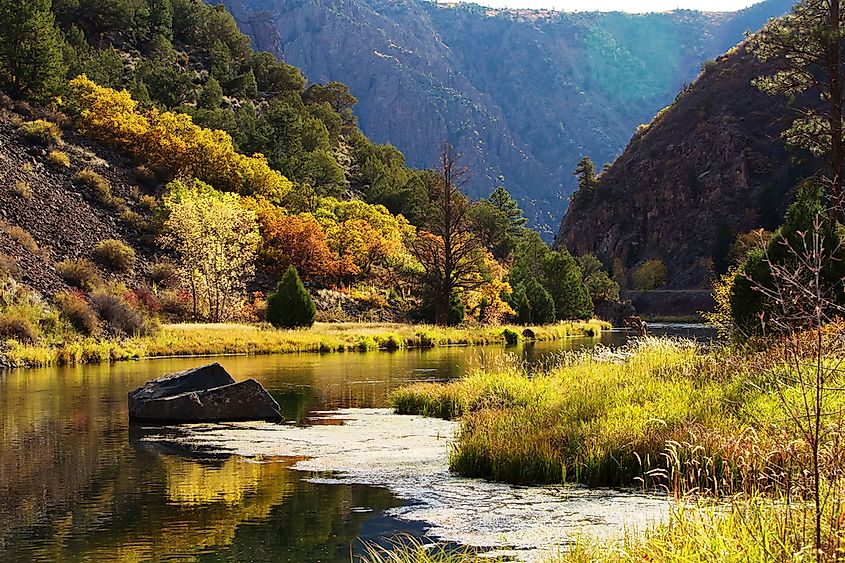
Although the Black Canyon is stunning year-round, it’s best to visit in summer or fall. Snowy Colorado isn’t the easiest place to get around in the winter, so many park services will be closed or limited during the winter months. Though visitors can snowshoe or cross-country ski in the park even when the rim roads close in November, services may be very limited, and some trails will be closed.
Weather can be variable well into the spring months, although birdwatching is at its best this time of year; early summer brings the best temperatures as well as wildflower blooms. Early autumn is a great, crowd-free time to visit as well, and an astronomy festival is held every September.
Climbers should keep in mind that certain areas are closed for raptor nesting season from April through July. Since the later summer months can be uncomfortably hot, early autumn is one of the best times to plan your visit if you’re hoping to climb.
Black Canyon of the Gunnison National Park is probably not the top park on many bucket lists, but it ought to be. Gazing down into a dark chasm thousands of feet deep — often without a guardrail — and into a darkness so deep you can’t even see the river winding its way through the narrow gap between the canyon’s walls, it’s hard not to feel small. And that’s ultimately what a National Park is for: to remind us of our place in the world, and to inspire us to take pride in our role as stewards of these natural wonders. It’s an experience equal parts frightening and inspirational, and one you won’t quite get anywhere else.
